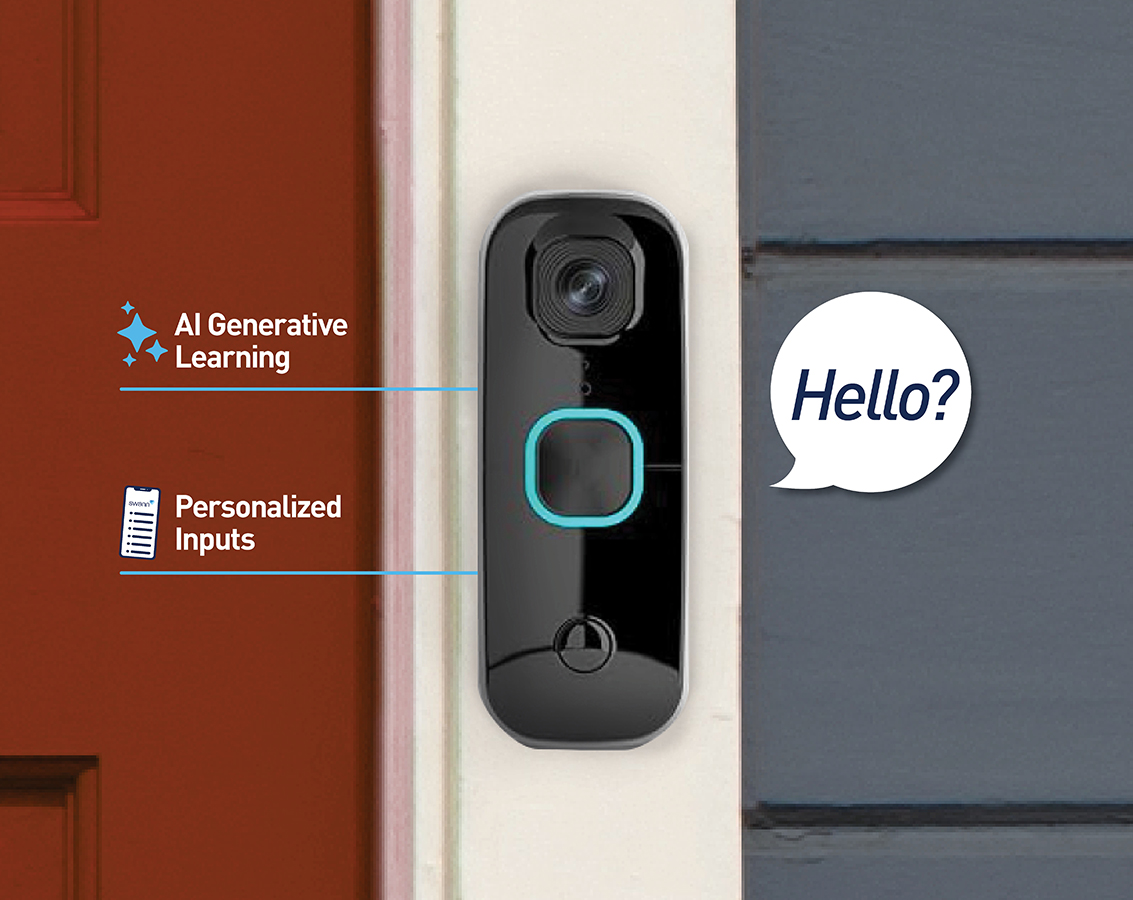The SwannBuddy4K was designed to offer unmatched peace of mind without the need for constant user monitoring. To make this possible, Swann overhauled its original SwannBuddy doorbell and spent several months prototyping and refining the SwannShield AI assistant to ensure affordable integration, low latency and an exceptional user experience.
The SwannBuddy4K was developed through a multi-phase design process to create the first doorbell to act as a ‘virtual concierge’ for homeowners. This required a complete rethink of the software supporting the device, including the development of new voice assistant technology.
On top of refining the doorbell hardware and software of the original SwannBuddy, the team combined heat and motion-based passive infrared sensors, video analytics and activity pattern analysis to enable the SwannShield assistant to dynamically facilitate interactions across different scenarios.
Swann engaged Amazon Web Services, leveraging Amazon Bedrock, AWS Lambdas serverless computing service and Anthropic’s Claude 3 Haiku to create an AI-powered product that had never been available in the home security market.
The development process involved careful consideration of user feedback to ensure the AI voice assistant would seamlessly integrate into users lives, be customisable and context-aware. It was stress-tested to safeguard against AI hallucinations and ensure effectiveness across a range of scenarios, while the hardware was tested for battery efficiency, ease-of-use and durability.
The team also prioritised affordability, redesigning the product until it was cost-effective enough for SwannShield to be available for free with the device.
Swann’s efforts resulted in a robust video doorbell featuring the world’s first AI-powered home security voice assistant. Exceeding the design brief, it reflects a new approach to intelligent home security, able to talk to visitors on homeowners’ behalf and report back through the Swann Security mobile app, ensuring they know what’s happening and can act if anything seems suspicious.






